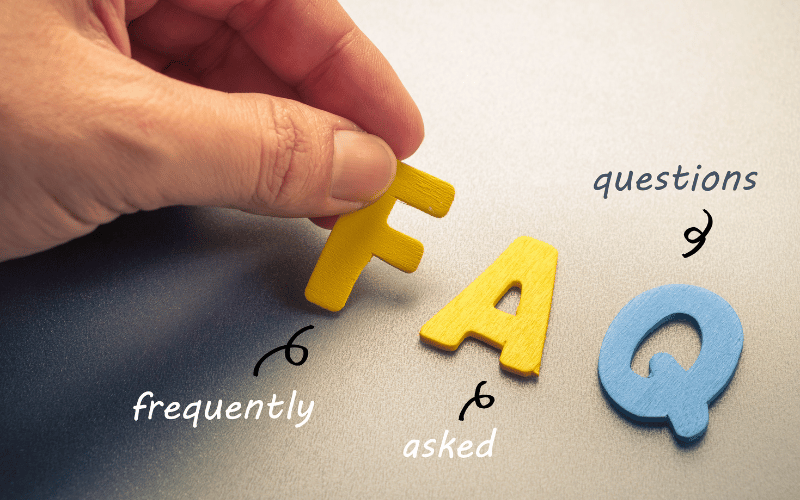FAQ on Acalculous Cholecystitis

What exactly is acalculous cholecystitis?
Acalculous cholecystitis is an inflammation of the gallbladder that occurs without the presence of gallstones. Unlike its counterpart, calculous cholecystitis, which is inflammation due to gallstones, acalculous cholecystitis arises from other causes such as infections, trauma, or reduced blood flow to the gallbladder.
How is acalculous cholecystitis different from regular cholecystitis?
Regular cholecystitis, often termed calculous cholecystitis, is mainly caused by gallstones blocking the cystic duct. Acalculous cholecystitis, on the other hand, isn’t stone-driven. Its origins can be multifactorial, including bacterial infections, trauma, or even certain surgeries that impact gallbladder blood flow.
Are there specific risk factors for developing acalculous cholecystitis?
Yes, certain factors can increase the risk of developing acalculous cholecystitis. These include severe trauma, burns, recent surgeries, prolonged fasting, infections, and critical illnesses. Individuals in intensive care units or those on long-term parenteral nutrition are also at a heightened risk.
How is acalculous cholecystitis diagnosed and treated?
Diagnosis typically involves imaging tests like ultrasound or CT scans to view the gallbladder. Blood tests might also be done to check for signs of infection or inflammation. Treatment often involves antibiotics to combat infection and measures to support gallbladder function. In severe cases, surgery to remove the gallbladder might be recommended.
Can acalculous cholecystitis be prevented?
While it’s challenging to prevent acalculous cholecystitis due to its varied causes, understanding the risk factors and early symptom recognition can lead to prompt medical intervention. Maintaining good overall health, ensuring adequate hydration, and seeking medical advice when experiencing prolonged digestive issues can be prudent steps.
Conclusion: Unraveling the Intricacies of Acalculous Cholecystitis
Acalculous cholecystitis, while less common than its stone-causing counterpart, presents a complex and challenging picture for both patients and medical professionals. It’s an inflammation of the gallbladder that occurs without the triggering factor of gallstones. This ailment underlines the importance of understanding our body’s subtle signals, especially when they don’t fit the more common narratives. The symptoms, ranging from abdominal pain and bloating to fatigue and chills, remind us that the body often communicates in a tapestry of signs, requiring keen observation and prompt action.
Diving deep into the nuances of acalculous cholecystitis illuminates the intricate web of interactions within our digestive system. It emphasizes the significance of not just focusing on the most prevalent conditions but also recognizing the outliers. Early detection and understanding can lead to more effective treatments, better outcomes, and improved quality of life. For anyone navigating this condition, or for those supporting someone who is, knowledge is a potent tool. Grasping the symptoms, causes, and treatments of acalculous cholecystitis paves the way for a proactive approach to health and well-being.